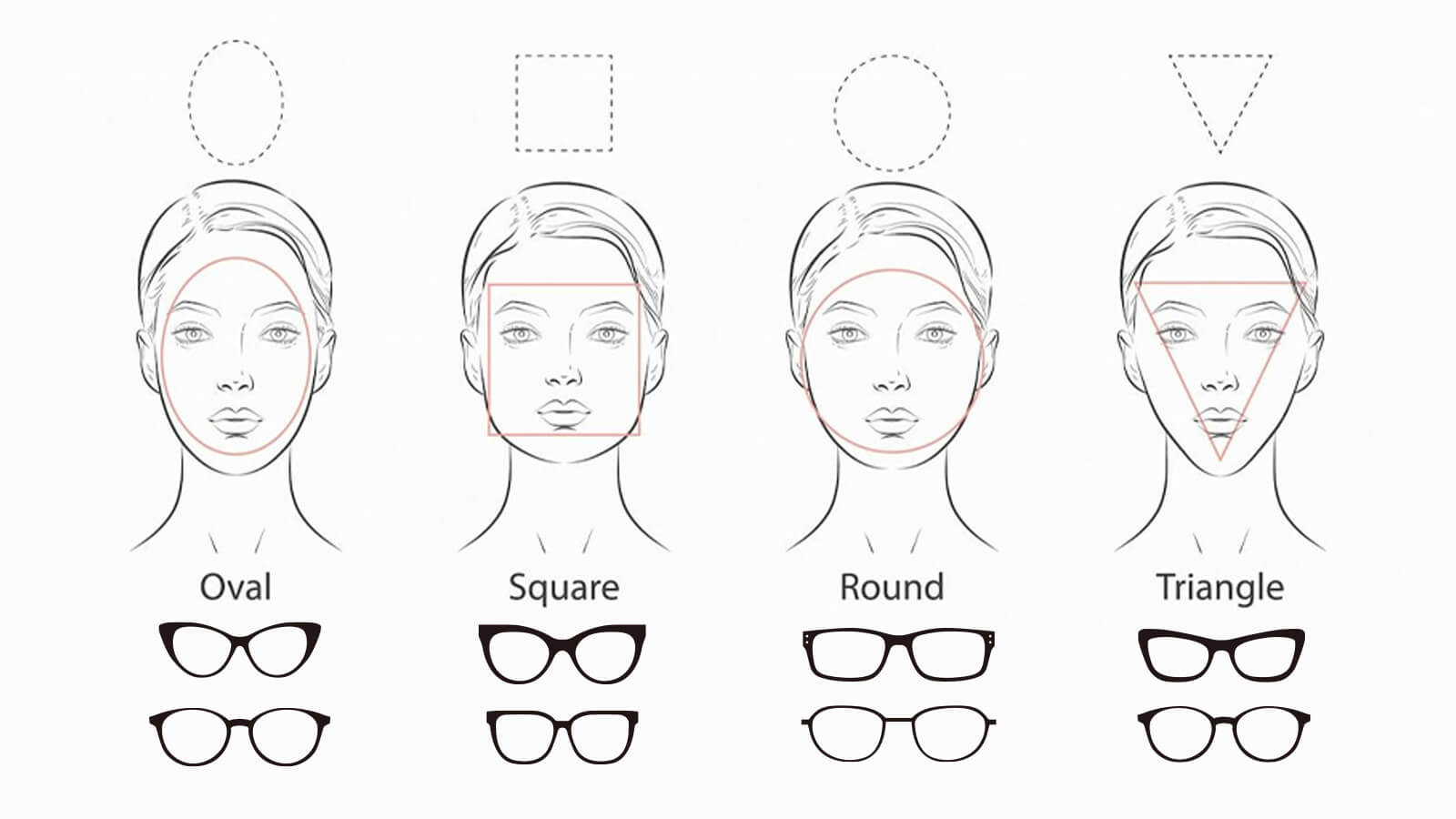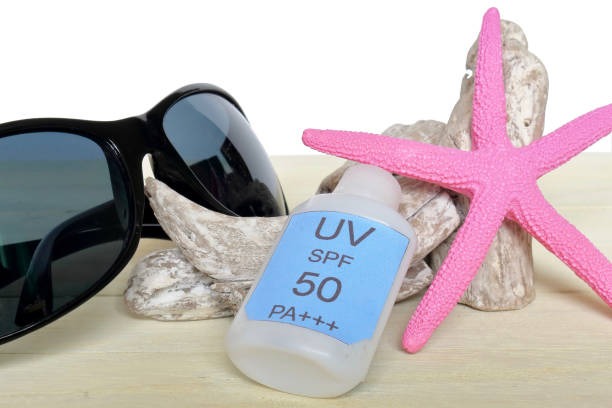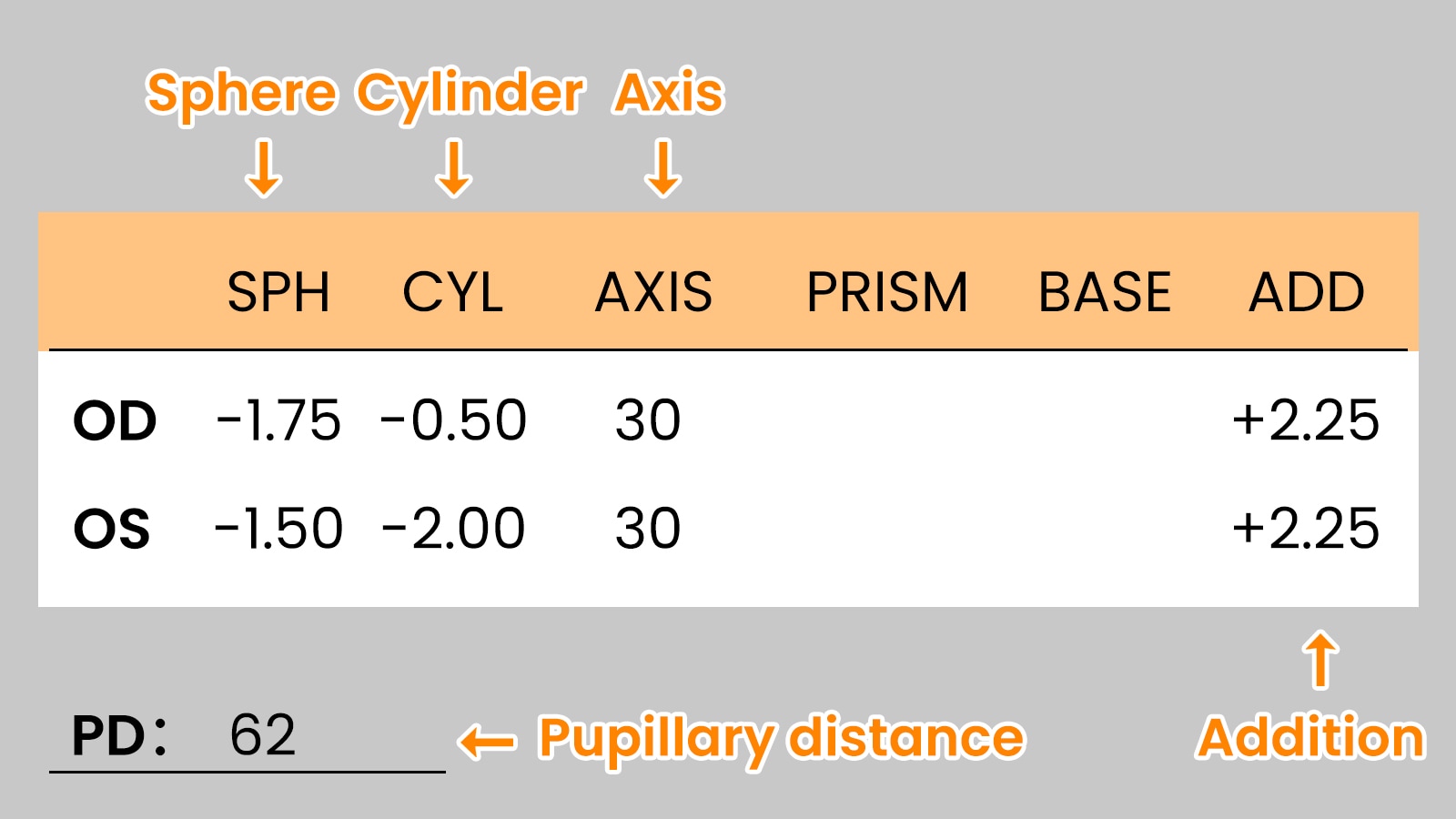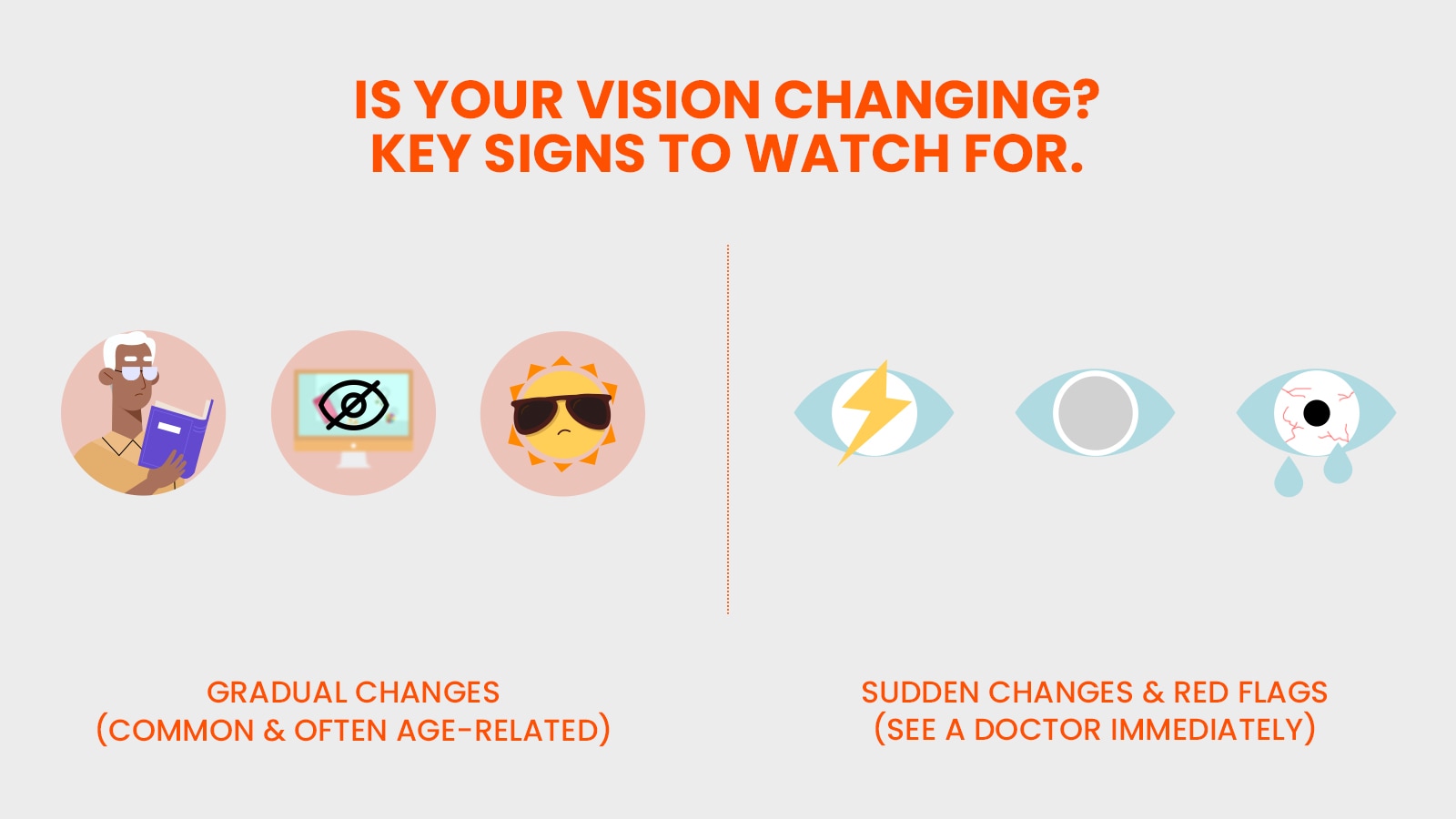
Guide to Picking Glasses That Suit Your Face Shape Perfectly
February 27,2023

What is Boho Style? A Comprehensive Guide to Boho-Chic Fashion
February 13,2025

Virtual Glasses Try On - Find Your Perfect Pair Online
April 02,2024

UV Protection Glasses VS. Blue Light Glasses - Vooglam
July 20,2023

Newest Style Modern Trendy Mens Glasses | Vooglam
March 01,2024

Stylish Reading Glasses: Blending Fashion with Functionality
February 16,2023

What are photochromic lenses & glasses?
September 22,2023

Brown Eyes: The Beauty of the Most Common Hue
September 01,2024

The chubby face glasses for round face female
August 02,2023

What are prisms in eyeglasses?
March 20,2023

What are Bifocal Lenses? - Vooglam
April 14,2023

How to Read Your Eyeglass Prescription?
March 11,2023
Why Your Pupillary Distance Matters (And How to Find It)
Most people don’t think about pupillary distance until they order glasses online. The number makes the lenses sit where your eyes need them. Without it, even the best style won’t fit your sight. The good news? Finding this number is simple. This guide will show you everything you need to know, from what counts as a normal PD to easy ways to measure it at home.
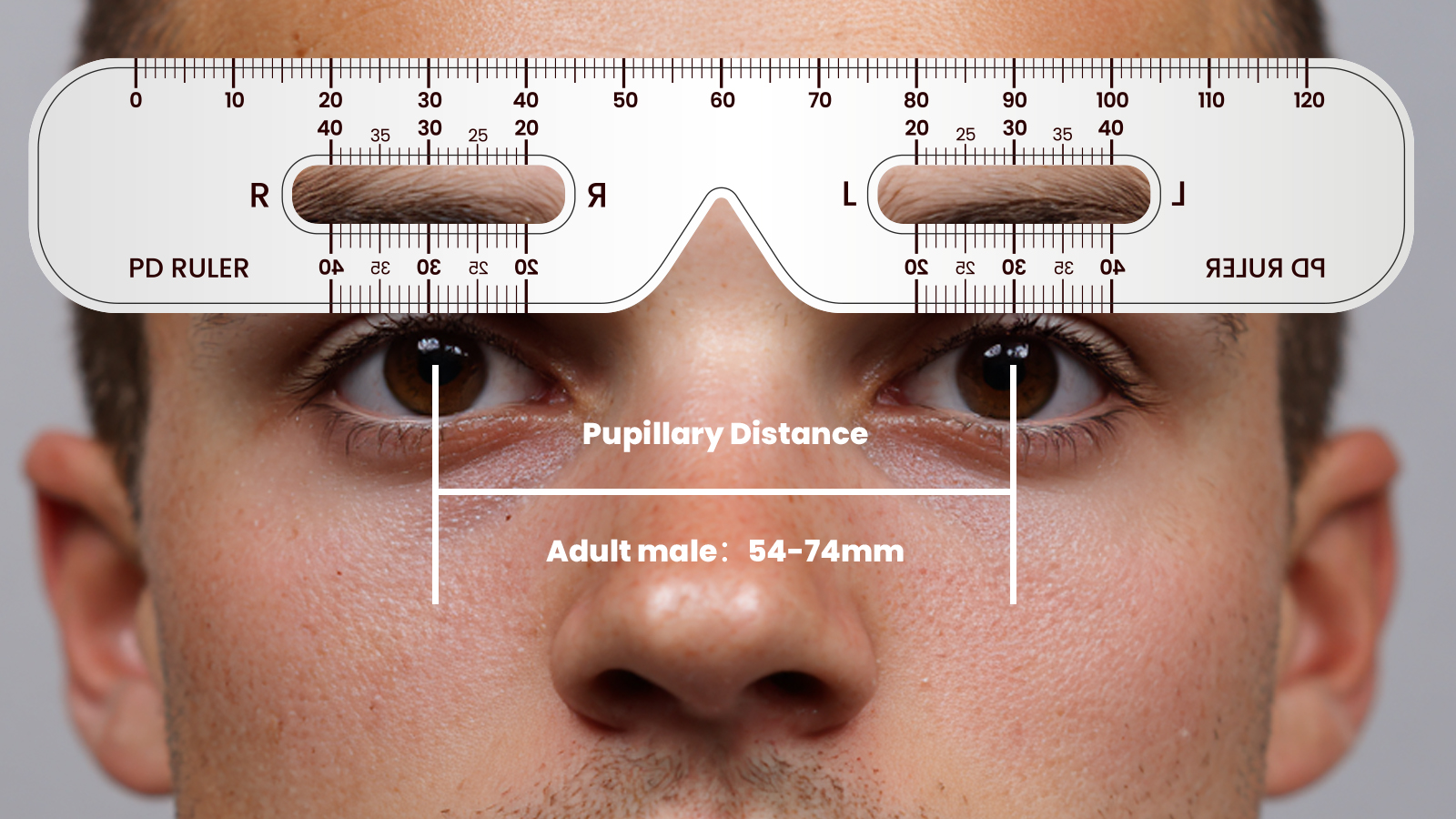
The Role of PD in Prescription Eyewear
What is Pupillary Distance (PD)?
Pupillary distance is just the space from one pupil to the other. It’s measured in millimeters. That number tells the lens maker where to place the center of your lenses. Without it, glasses won’t really match your eyes. Think of it as a rough map that keeps everything lined up.
Why an Accurate PD is Crucial for Clear Vision
When the number is wrong, you feel it. Headaches show up. Your eyes get tired. The lenses might be fine, but things can still seem off. Just a tiny error in PD makes your eyes work harder than they should. The correct PD keeps vision sharp and lets your eyes relax.
Single PD vs. Dual PD: Which is More Accurate?
A single PD shows the total distance between your pupils. A dual PD splits that number into two, measuring from the center of your nose to each eye. Because faces aren’t perfectly balanced, a dual PD gives more accuracy. It’s often the safer choice when you’re buying new glasses.
Finding Your Pupillary Distance: What's Considered "Normal"?
People often ask, “What is a normal pupil distance?” Here’s the answer.
The Average Pupillary Distance for Adults
For adults, PD usually falls between 54mm and 74mm. This range covers most people, though small variations are normal.
Average PD for Women and Men

Women often measure around 62mm, while men average closer to 64mm. Is 64 a normal PD for glasses? So, if your PD is 64mm, that’s completely normal. In fact, it’s one of the most common readings for adult men.
Does Pupillary Distance Change Over Time?
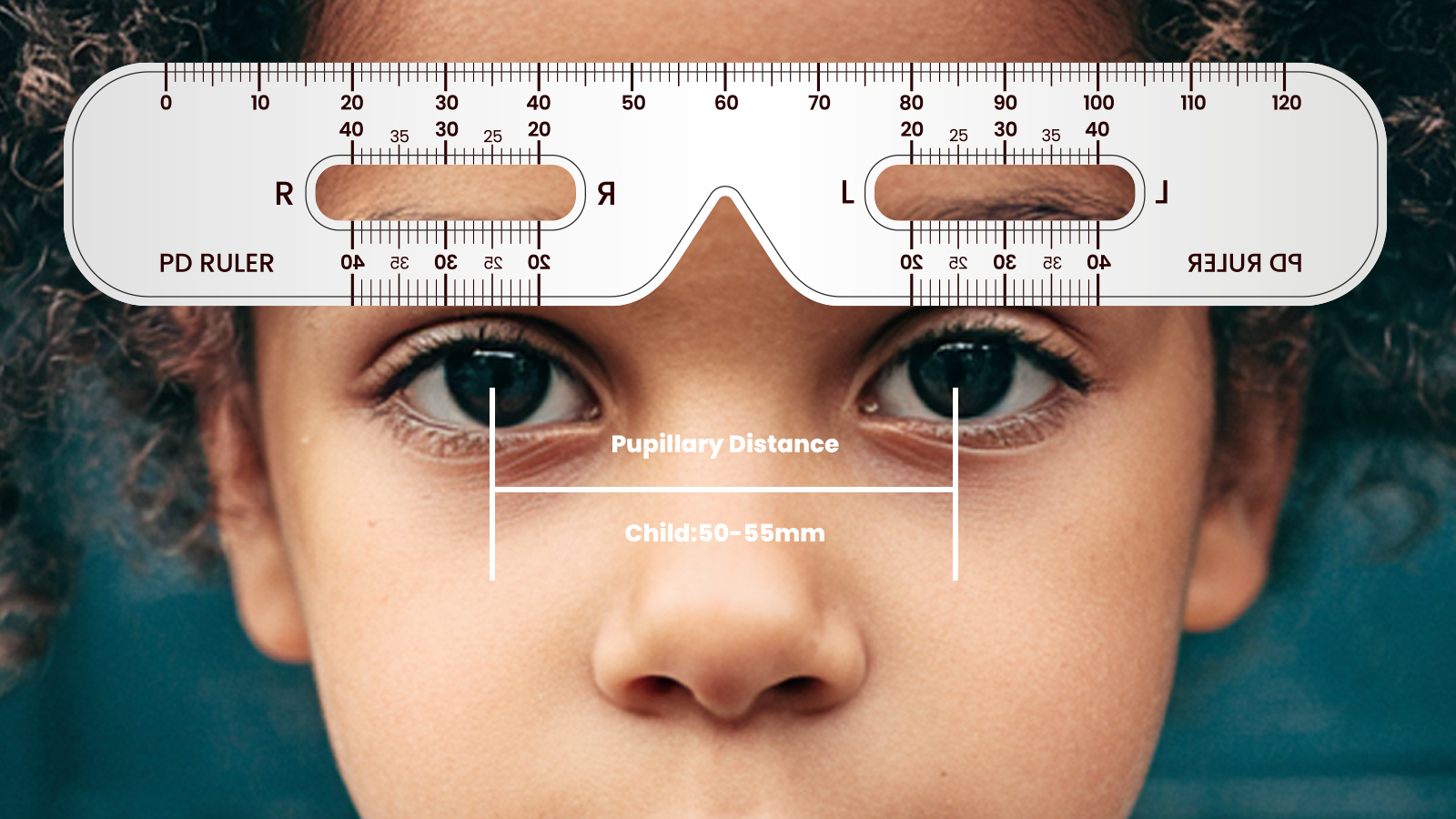
Once you reach adulthood, your PD stays the same. Children, however, tend to have smaller measurements that increase as they grow. By the time they become adults, the number is set.
3 Simple Methods for Measuring Your PD at Home
You don’t need special tools to find your PD. Here are three ways to do it yourself.
Method 1: The Mirror & Ruler Technique
Stand about 8 inches from a mirror.
Hold a millimeter ruler flat against your brow.
Close your right eye and line the zero mark with the center of your left pupil.
Look straight ahead, then close your left eye and open the right.
The number aligned with the right pupil is your PD.
Method 2: Get Help from a Friend
Sit in a well-lit room.
Ask your friend to hold the ruler across your eyes.
Look straight ahead while they measure from one pupil center to the other.
Double-check the number a few times for accuracy.
Method 3: Use Our Free Online PD Measurement Tool
If you’d rather skip rulers and mirrors, use our free online PD tool. It’s quick, accurate, and takes the guesswork out of measuring. All you need is a device with a camera.
Putting Your PD Measurement to Use
With your PD measured correctly, you’re ready to order glasses online without worry. The right fit makes your lenses perform as they should: clear, comfortable, and easy on your eyes.
Vooglam offers more than just eyewear. Our frames are a way to express who you are: bold, playful, creative. Once you’ve got your PD, shop Vooglam’s eyeglasses and find the pair that feels like it was made just for you.
Pupillary Distance FAQs
We hear lots of questions about PD. Here are a few common ones.
Is it okay for PD to be off by 2mm?
Accuracy is important. If your prescription is weak, being off by 1mm may not be obvious. A 2mm error can leave you with tired eyes or a headache. It’s best to keep the measurement as exact as possible.
Is a typical pupil distance of 30mm normal?
For an adult single PD, no, it’s too small. But for a dual PD, 30mm is common. Dual PD numbers look like “30/31,” representing the distance from each pupil to the nose. So, is pupil distance 30 normal? If you see 30mm, it’s probably part of a dual measurement, not your full PD.
What's the most accurate way to get my PD?
An eye care professional will always be the most accurate source. But if you’re measuring at home, a digital PD tool is the best balance of precision and convenience.
My prescription doesn't list my PD. What should I do?
This happens often. You can call your eye doctor’s office to ask for the number. If that’s not an option, just use one of the at-home methods we covered.

Vooglam Blog
Vooglam blog shares professional knowledge about eyeglass frames, lenses, etc., and provides help when purchasing and using eyewear products. At the same time, Vooglam focuses on fashion glasses to interpret the trend of glasses for you.

What Are Rave Glasses? (And Can You Get Them with a Prescription?)
Planning your EDM festival or rave outfit is all about creative self-expression. You’ve got the fit, the shoes, and the accessories. But for prescription wearers, the excitement often hits a wall at o
November 16,2025
Why You Need Polarized Sunglasses Built for Winter
You wouldn't wear flip-flops in a snowstorm. So why are you wearing beach sunglasses?Winter glare is different. It's harsher, more dangerous, and your summer shades weren't designed to handle it.Here'
November 11,2025
How Long Is a Glasses Prescription Good For? (And Why They Expire)
It’s a familiar frustration: you’re ready to buy a new pair of stylish glasses, you find the perfect frames online, but when you go to check out, you see it. An expiration date on your eyeglass prescr
November 09,2025
Why Is My Eyesight Getting Worse? A Clear Guide to Causes and Next Steps
It can feel a bit worrying when you realize your eyesight is not as clear as it once was. You may be holding your phone a little farther away, or squinting to read signboards that used to look fine. A
November 03,2025











